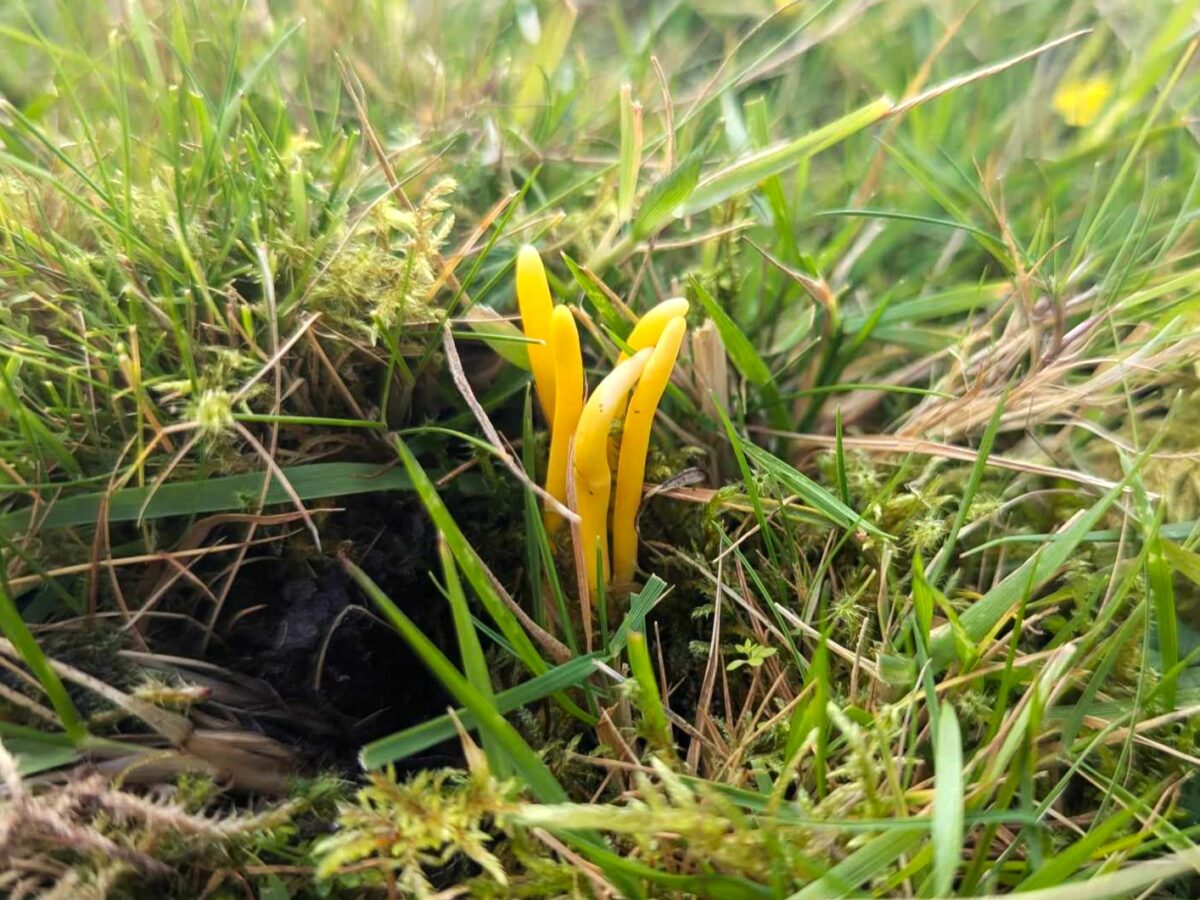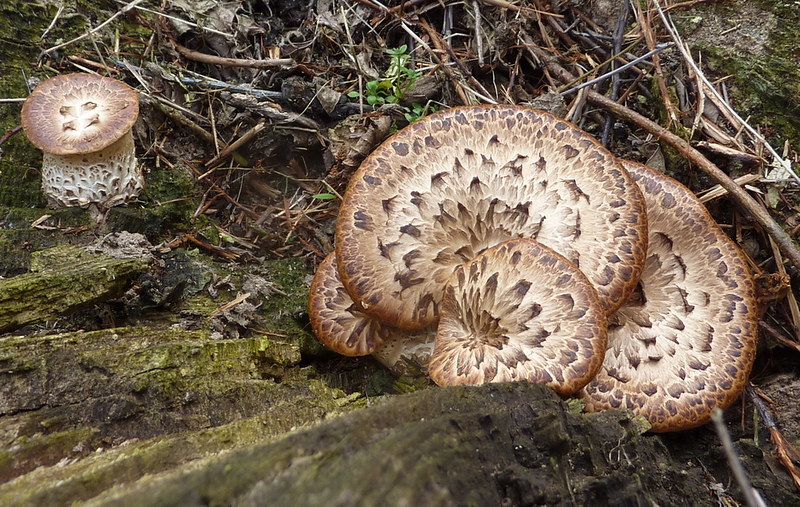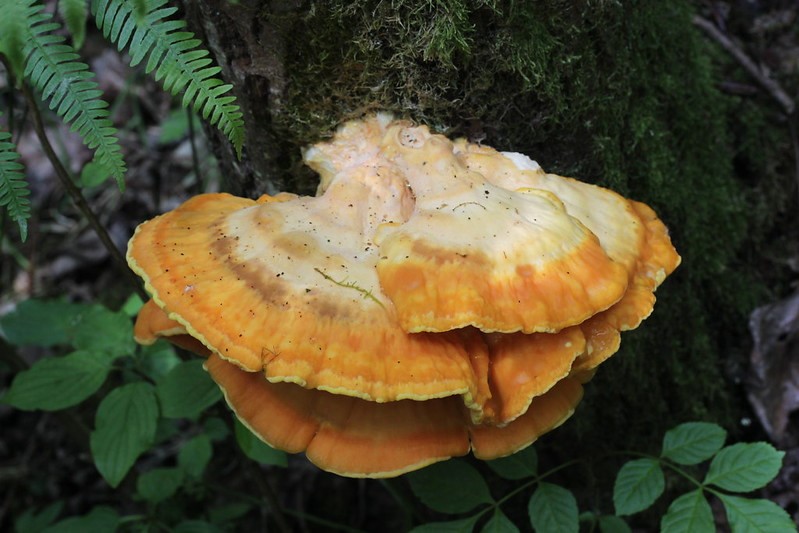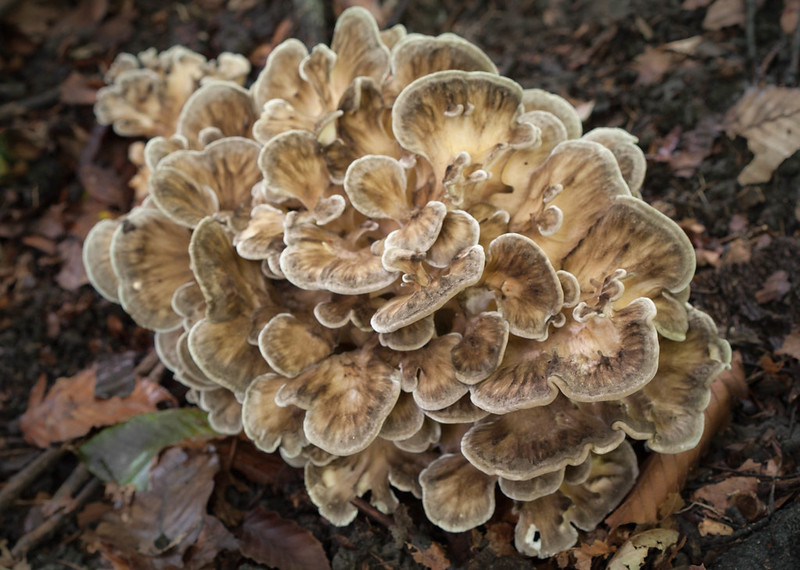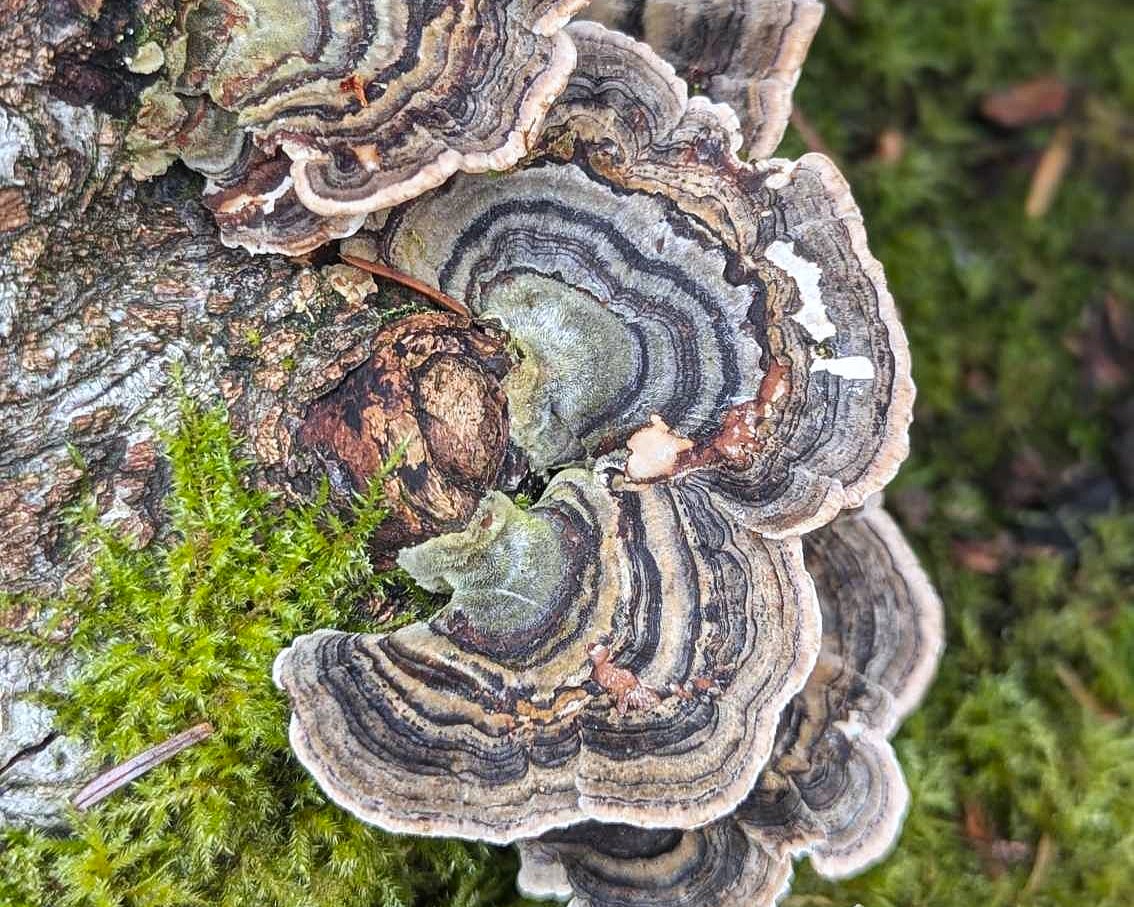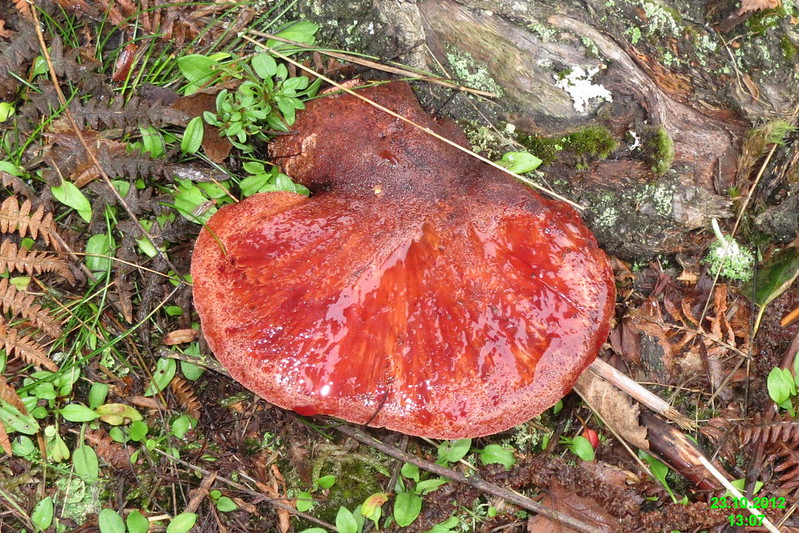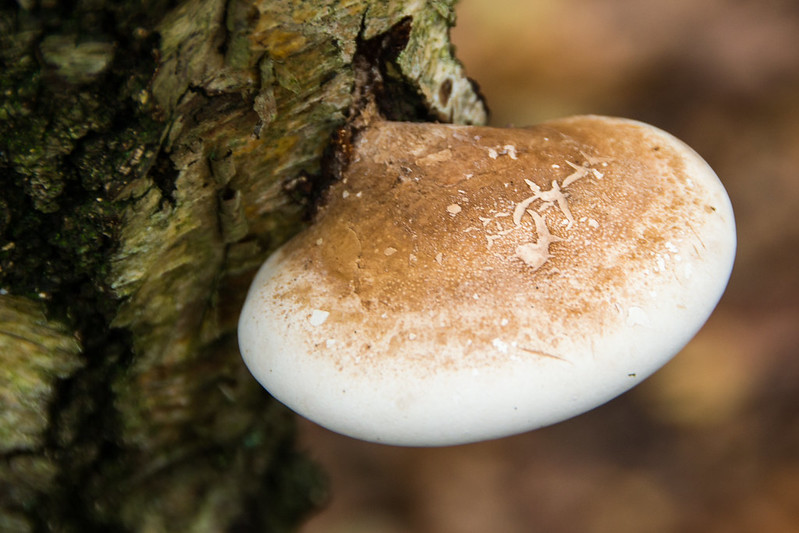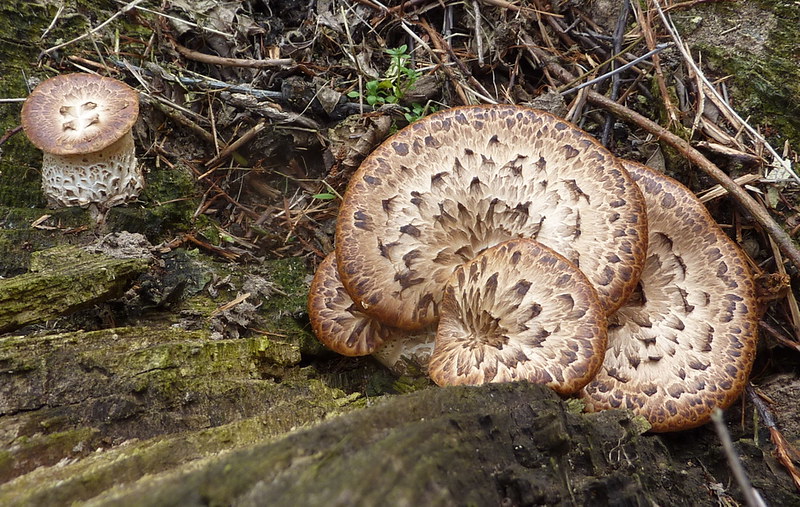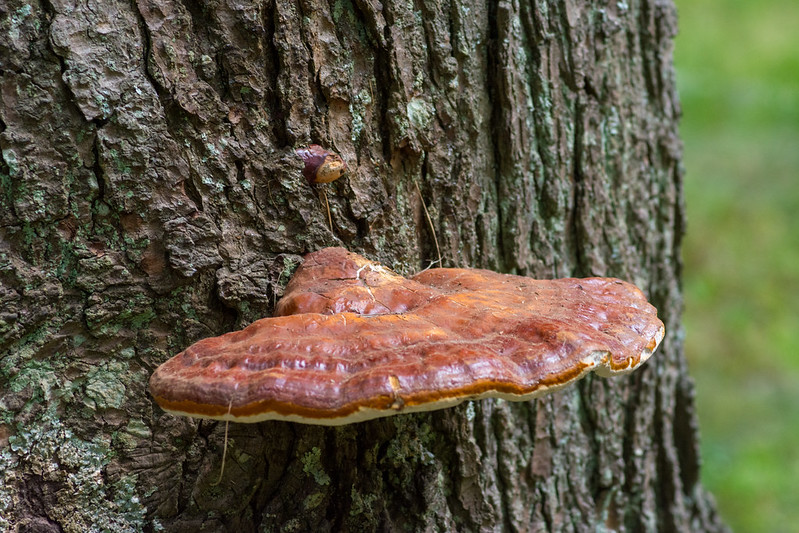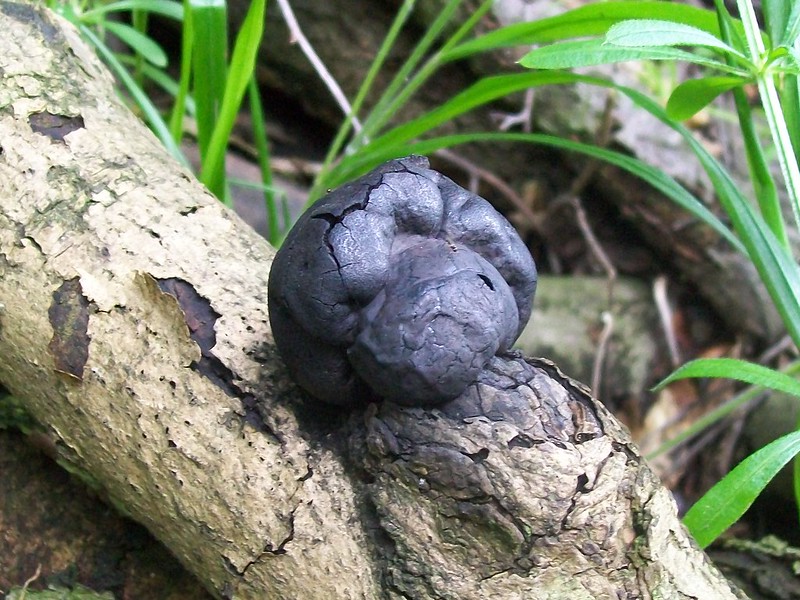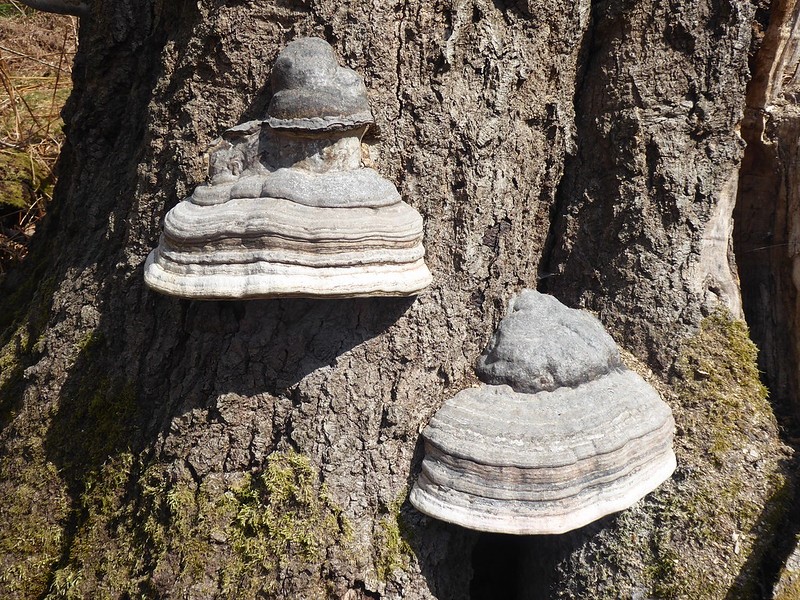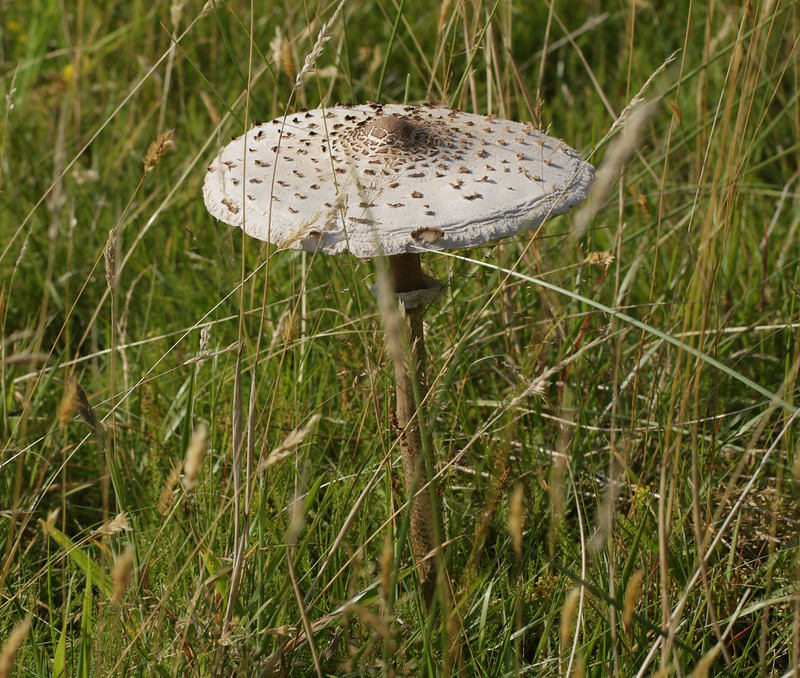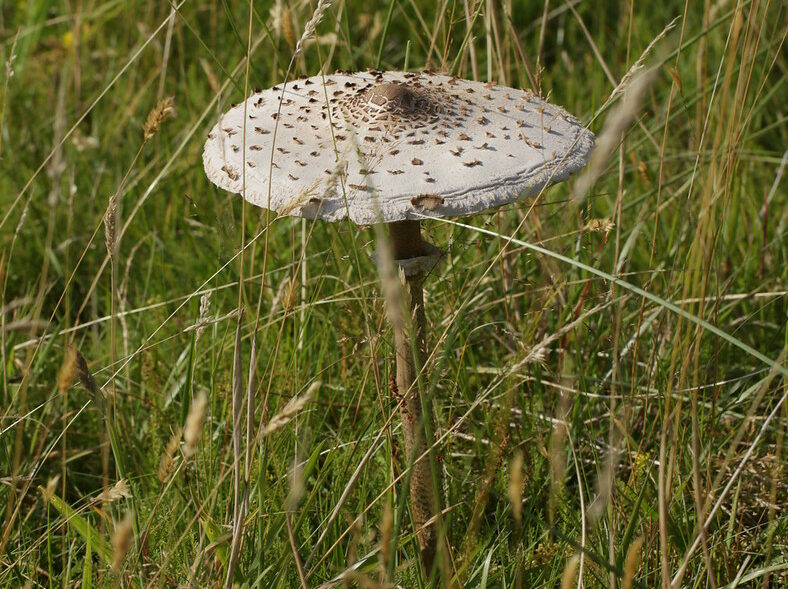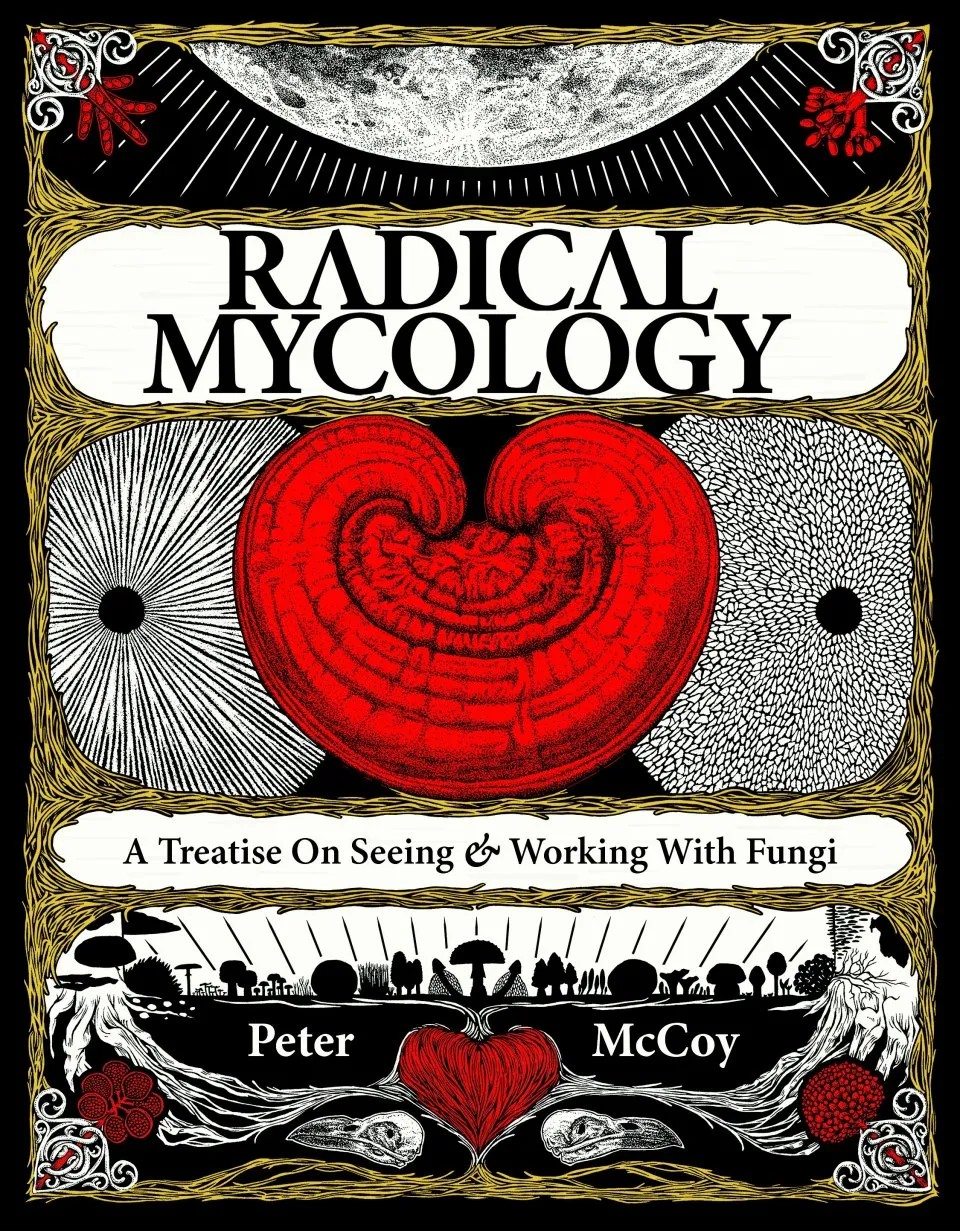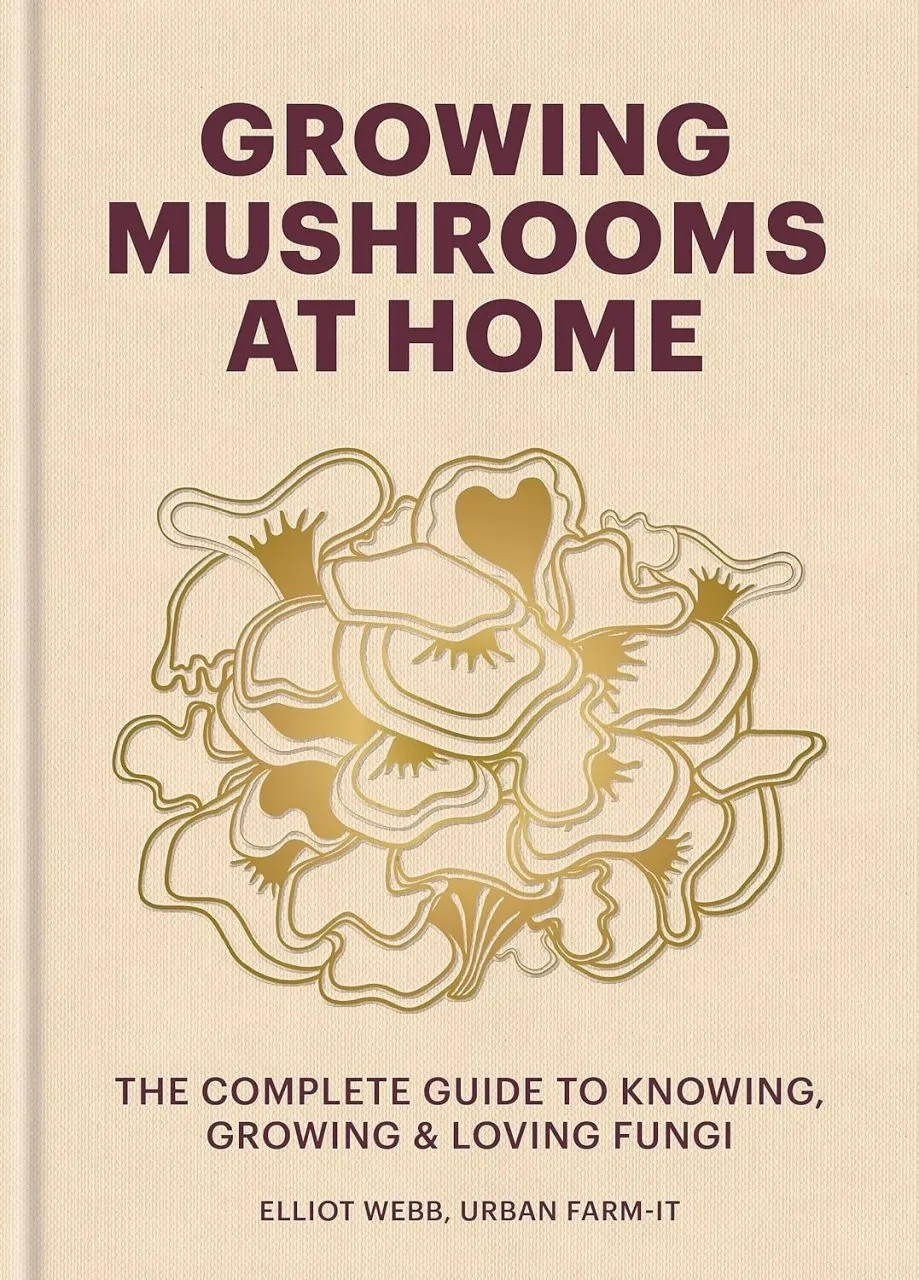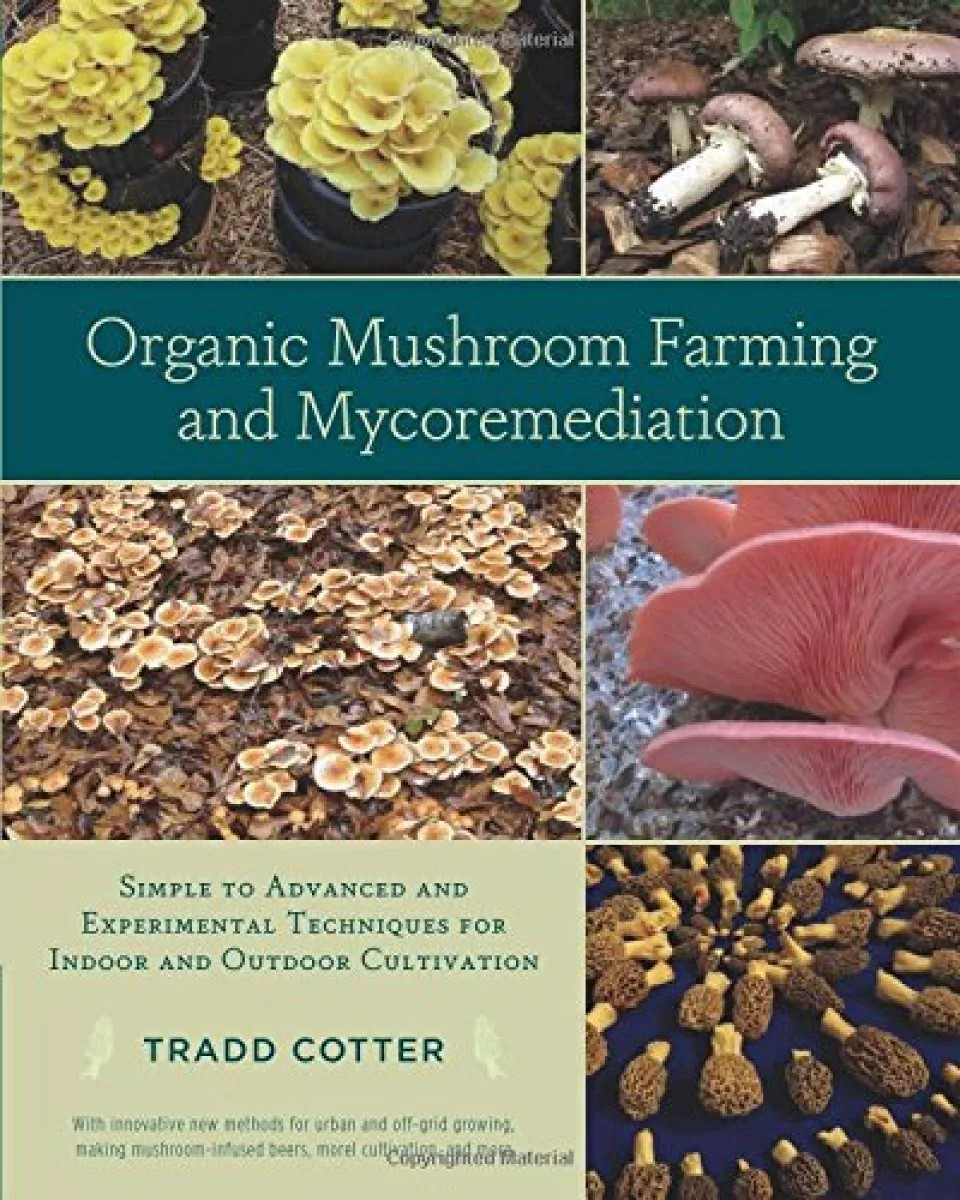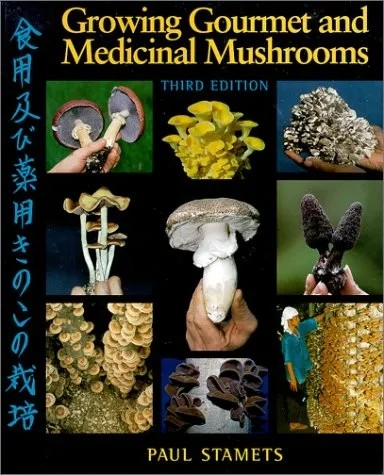In the past 75 years, over 90% of western Europe’s grasslands have disappeared. These overlooked and undervalued habitats deliver essential ecosystem services that contribute to the function of the planet – they provide key wildlife habitat, can store large amounts of carbon, and are instrumental in mitigating soil erosion and flood management, which is essential as our landscapes adapt to climate change.
Grassland fungi – such as those outlined in this identification guide – form a distinctive community in these habitats and are key indicators of ancient meadow and unimproved grassland. These species fruit from late summer until winter, and vary greatly in size, shape, colour and texture, from the pale, spherical Earthball to vibrant, slender coral fungi.
In this guide, explore a selection of grassland fungi groups, as well as individual species, that are commonly found across Britain, and read about their identifying features, size and distribution.
Groups
Waxcaps (Hygrocybe)
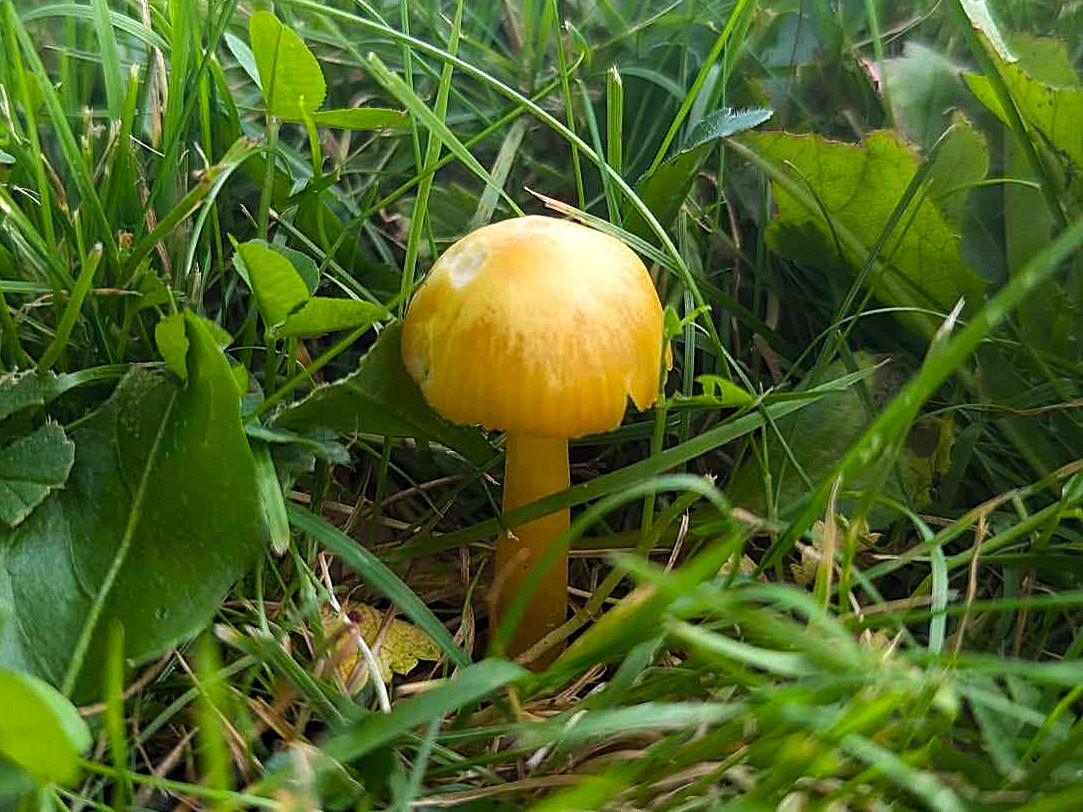
Identification: There are about 150 different species of Hygrocybe (meaning ‘watery head’) in the UK, and these are a very easily identifiable group. They are characterised by their vibrant, smooth waxy caps that come in a range of bright colours, including red, pink, yellow, orange and brown. When present on the fruiting body, gills are thick but evenly coloured and spaced.
Distribution: Found in nutrient-poor grasslands, such as grazed upland, and often grow alongside other groups including Pinkgills, Corals, Clubs and Earthtongues throughout late summer and autumn.
Size: 5-7cm
Club and Corals (Clavariaceae)
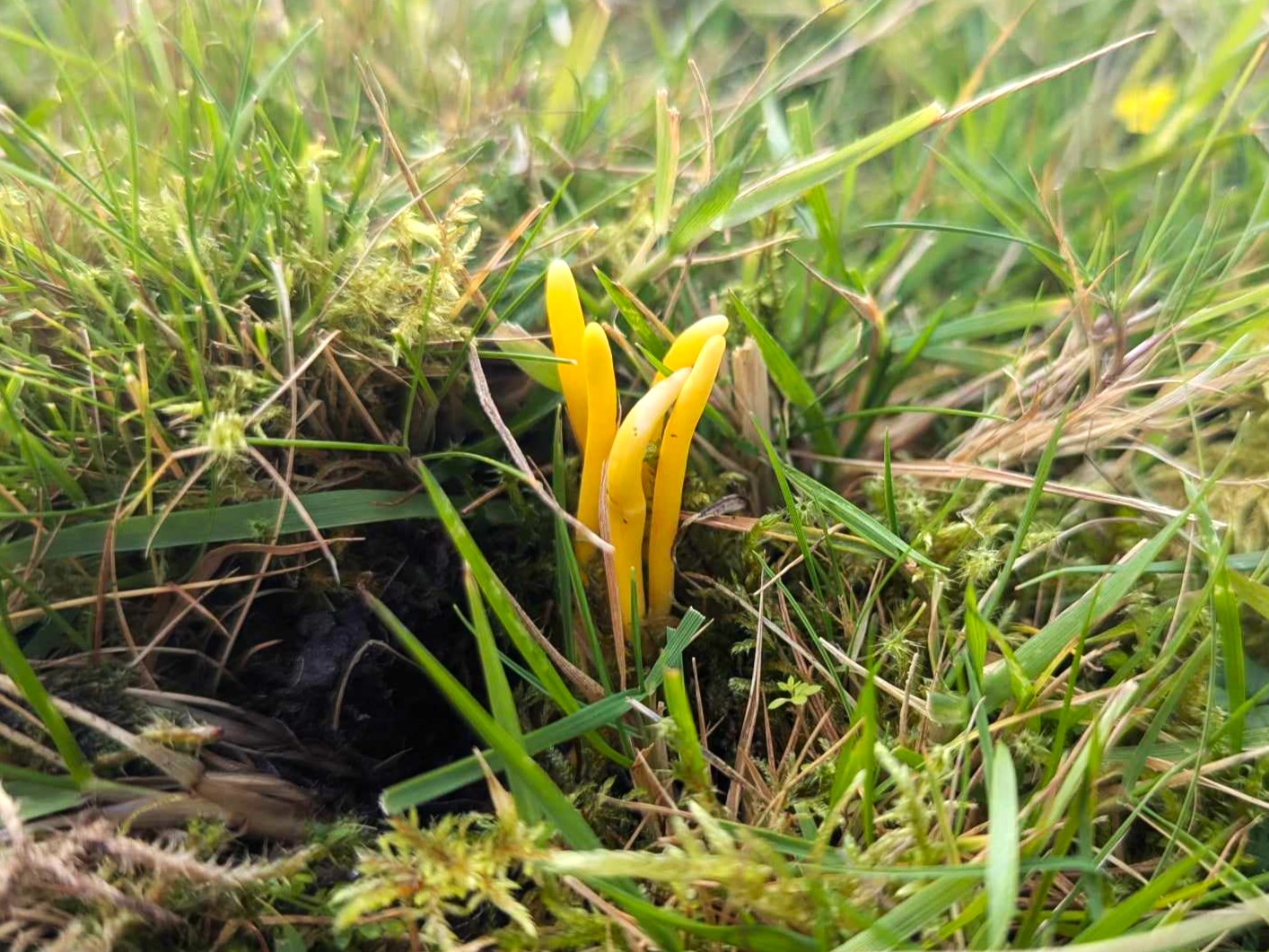
Identification: These distinctive fungi are easily recognisable by their slender, forking branches that are often rooted in buried wood. They have thick, dense finger or club shaped stalks that grow from a central base, often in clusters, and can be bright yellow, pale pink or white. Coral fungi produce yellow spores from the tip of their branches.
Distribution: Coral fungi predominantly grow on wood, but can also be found in soil, leaf litter or in short grasses and moss from July to November.
Size: 4-10cm
Wood Pinkgill (Entoloma rhodopolium)
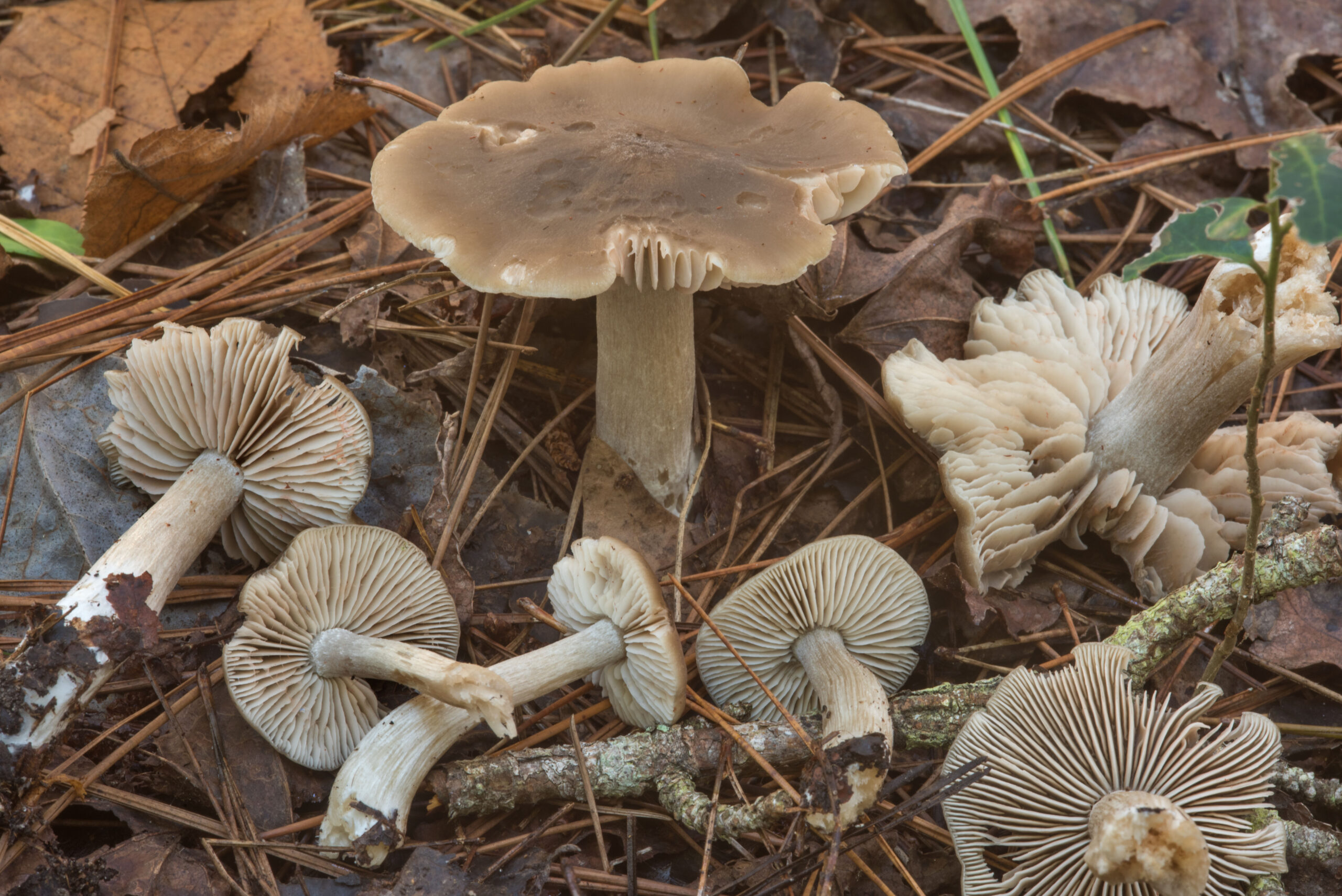
Identification: Often found in large groups, this very common pinkgill mushroom is defined by its convex, rounded fruiting body that flattens at the bottom of the skirt. Juvenile mushrooms have tightly packed white gills, and turn a light shade of pink with maturity. They feature a long, smooth, lightly coloured stem measuring 4-9cm long.
Distribution: Most commonly found throughout the summer until late autumn in deciduous broadleaf woodlands.
Size: 3-5cm
Note: Poisonous
Species
Earthtongue fungi (Geoglossum fallax)
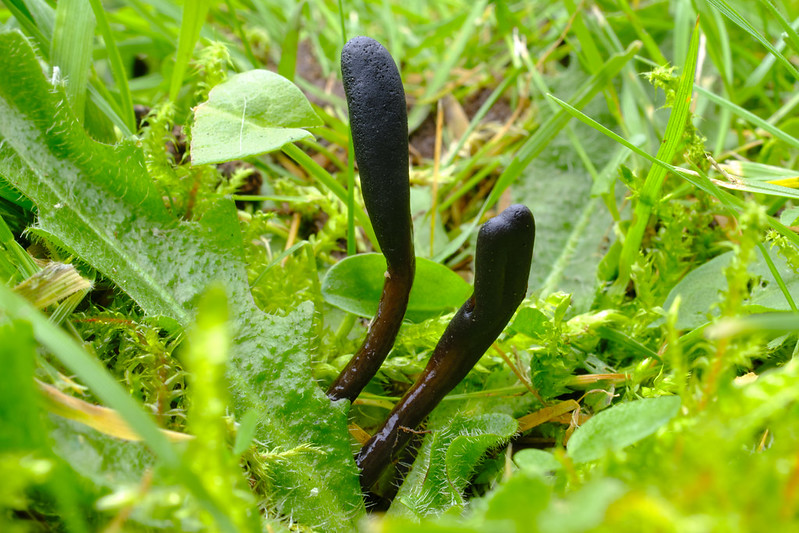
Identification: A widespread species found across Britain and Ireland, Earthtongues are characterised by black or dark brown stromata with a single, club-like fruiting body growing from a cylindrical, scaly stem. The head is grooved and makes up a third of the body, and it is covered in fine hairs to protect its fertile spores.
Distribution: Grows in mossy, unimproved and acidic grassland such as old churchyards from August to November.
Size: 2-7cm
Common Inkcap (Coprinopsis atramentaria)
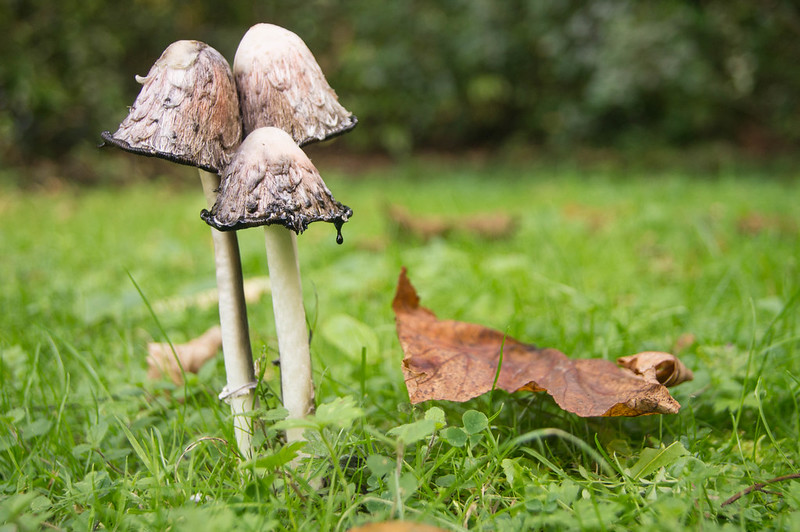
Identification: Starting off as a smooth, egg-shaped ball with scaled central area, the grey or greyish-brown cap later expands into a soft bell shape with a slight curve at its margin. The stem of an inkcap is smooth and reddish-brown in colour, with hundreds of crowded gills that are white at first, but later darken to brown and black before being auto-digested by the fruiting head.
Distribution: Fruits in small clumps on tree stumps, buried hardwood, woodland footpaths and parkland from May until November. Some solitary specimens have been sighted on occasion.
Size: 3-7cm
Note: Poisonous
Petticoat Mottlegill (Panaeolus papilionaceus)
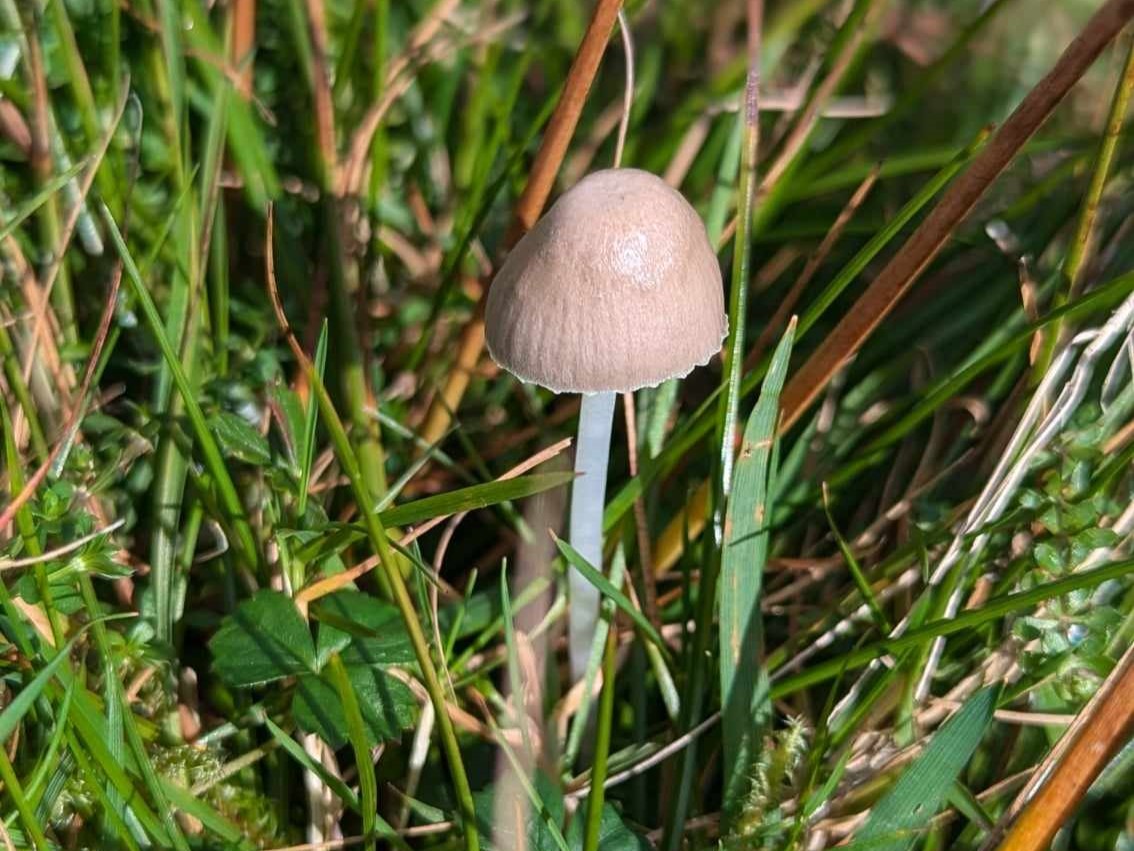
Identification: Petticoat Mottlegills are recognisable by their smooth bell caps with a serrated edge, and can be pale brown, greyish-brown or pallid grey, with a darker centre. The fused-together gills are a pale, greyish brown with white edges that turn dark brown and black with maturity, and the thin, cylindrical stem is covered in a fine white powder.
Distribution: Commonly located in groups on rotted dung from June to November.
Size: 6-12cm
Common Earthball (Scleroderma citrinum)
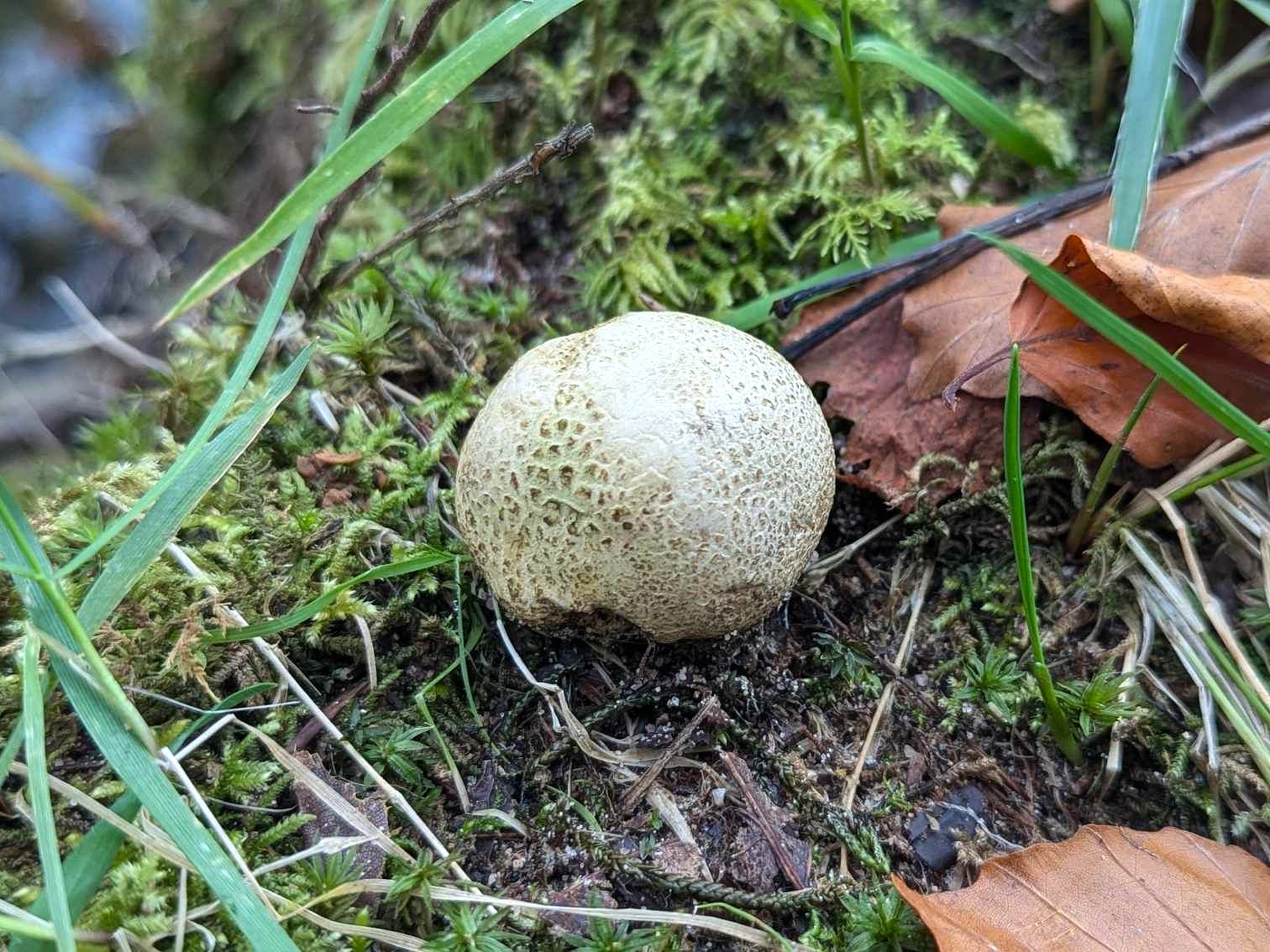
Identification: Ranging from light ochre to mid-brown or green, with a yellow tinge on its upper surface, the Earthballs rounded, fruiting body is attached to the ground with white mycelial threads and is stemless. It has tough, thick skin covered in coarse scales that vary in size and shape, which rupture as the head matures to allow the wind and rain to disperse its spores – which are white when young, and darken to brown or purple with age. These empty shells often remain in sheltered woodland hollows for many months before decaying.
Distribution: Acidic, well-drained soil near forest paths or on shady banks from July to early December.
Size: 4-10cm
Common Parasol (Macrolepiota procera)
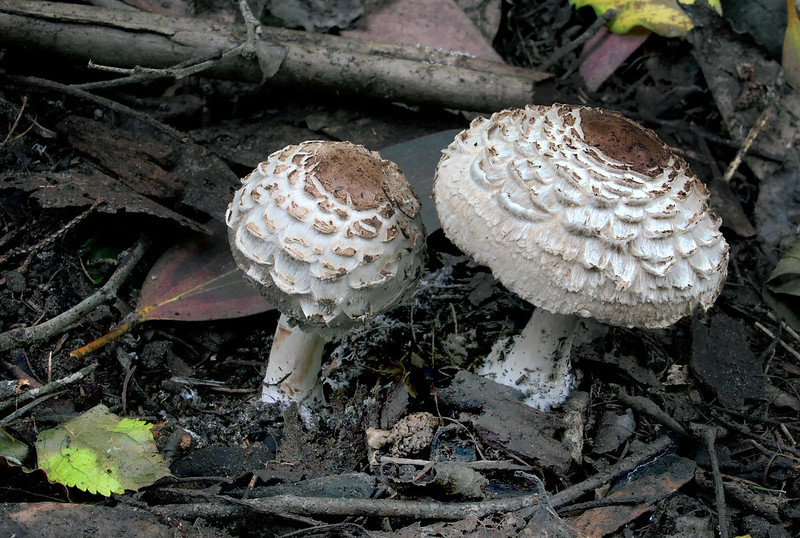
Identification: This edible species of mushroom is round in shape with a pale brown, spherical cap that darkens as it nears the crown. The cap breaks into a scaly texture that features a darker brown, central bump called an umbo. The broad, crowded gills of Common Parasol mushrooms are white or pale cream, and the cap has a white flesh when cut into. The tough, fibrous stem is surrounded by a smooth, white double-edged ring decorated with small brown scales that are comparable to snakeskin.
Distribution: Commonly found on verges, neglected grassland or cliffs, with multiple mushrooms growing in a slightly wavy line, from July to November.
Size: 10-25cm

